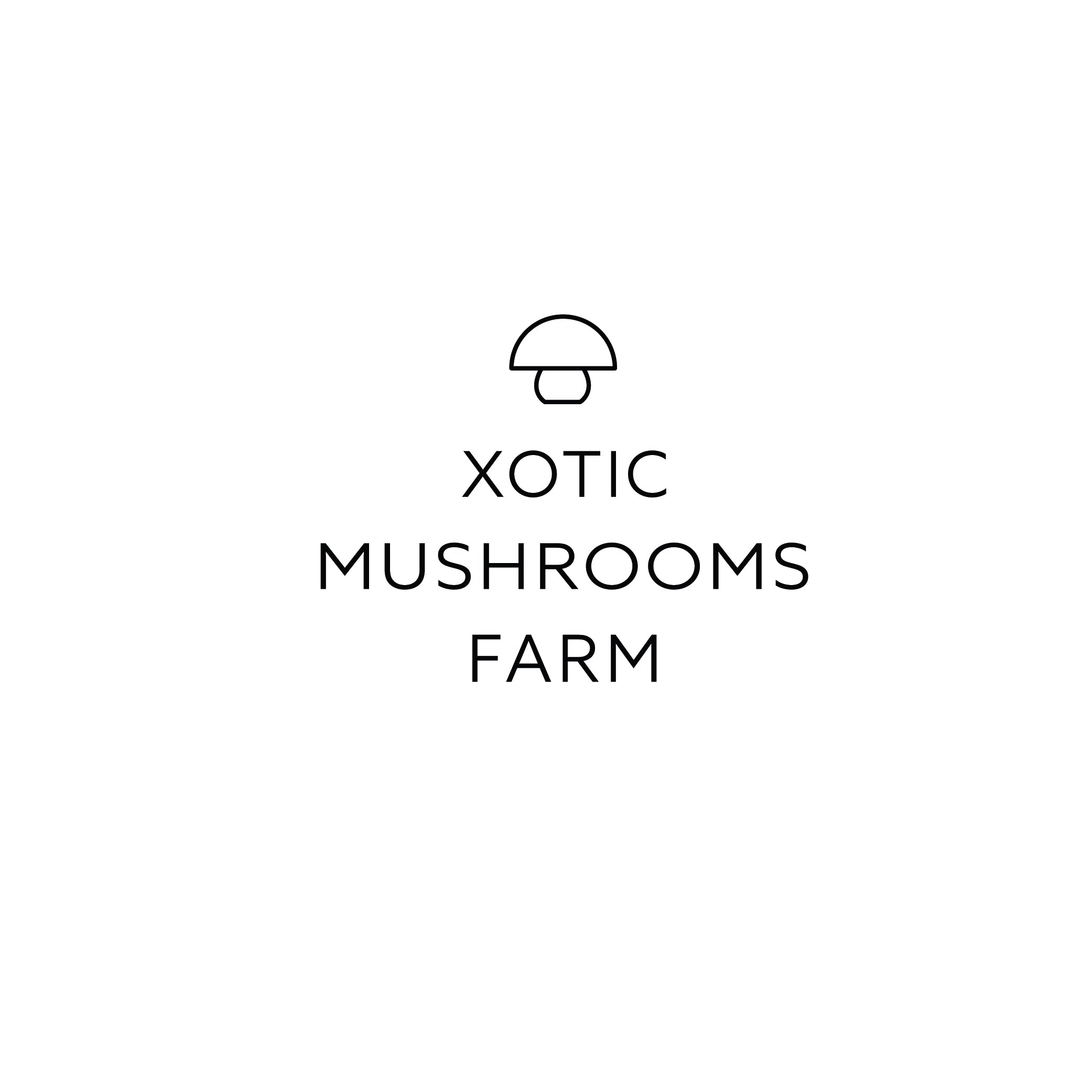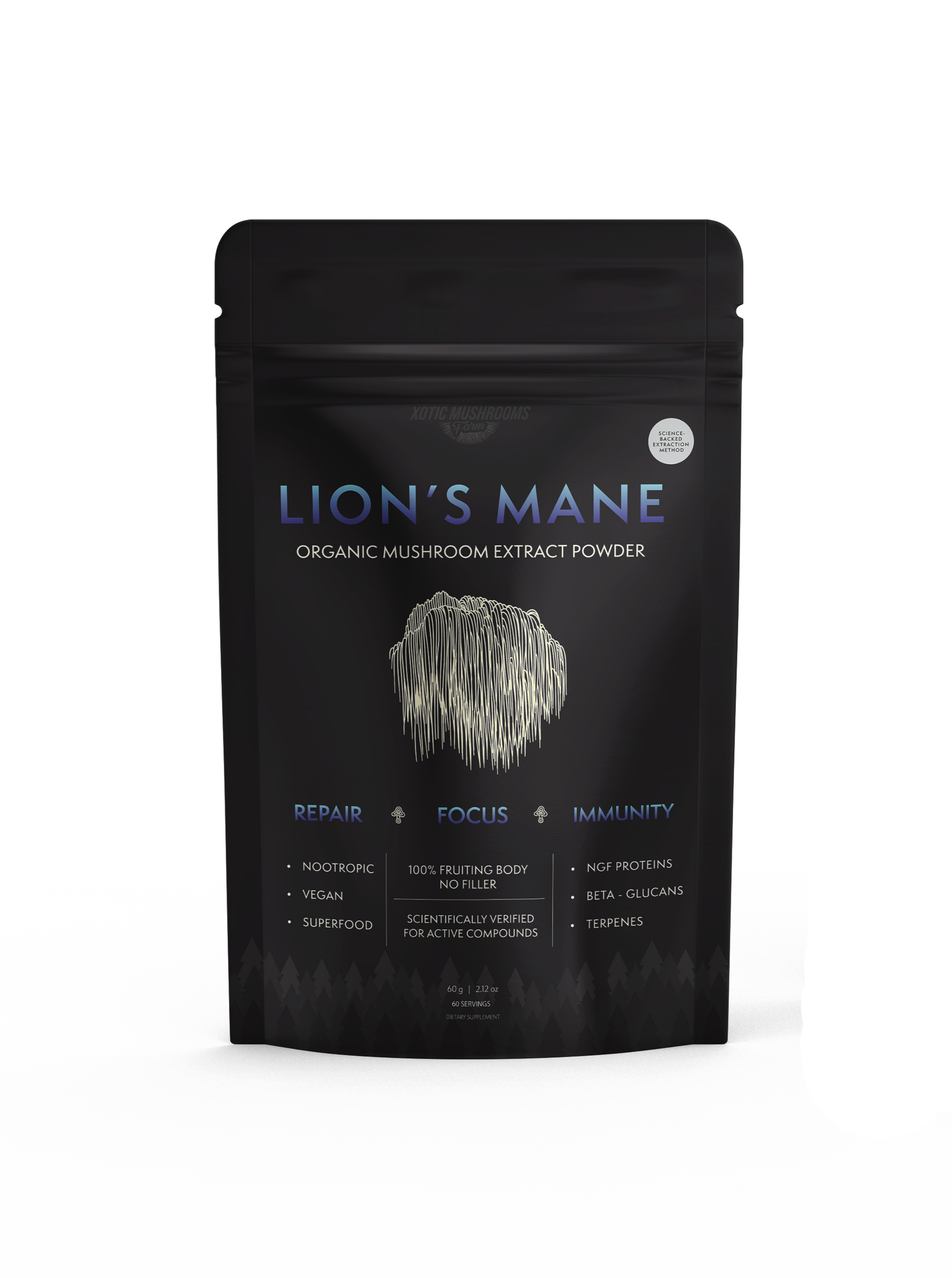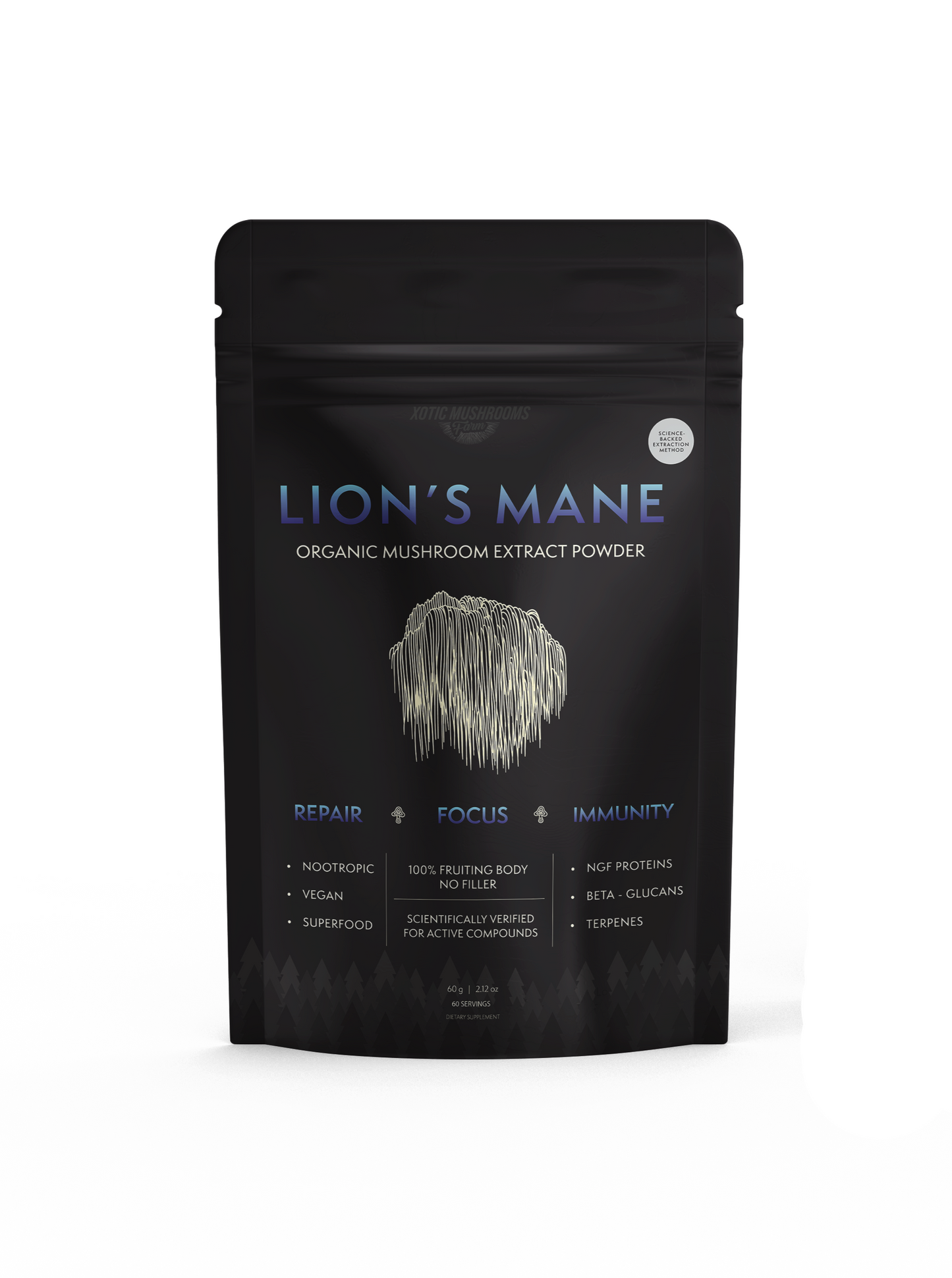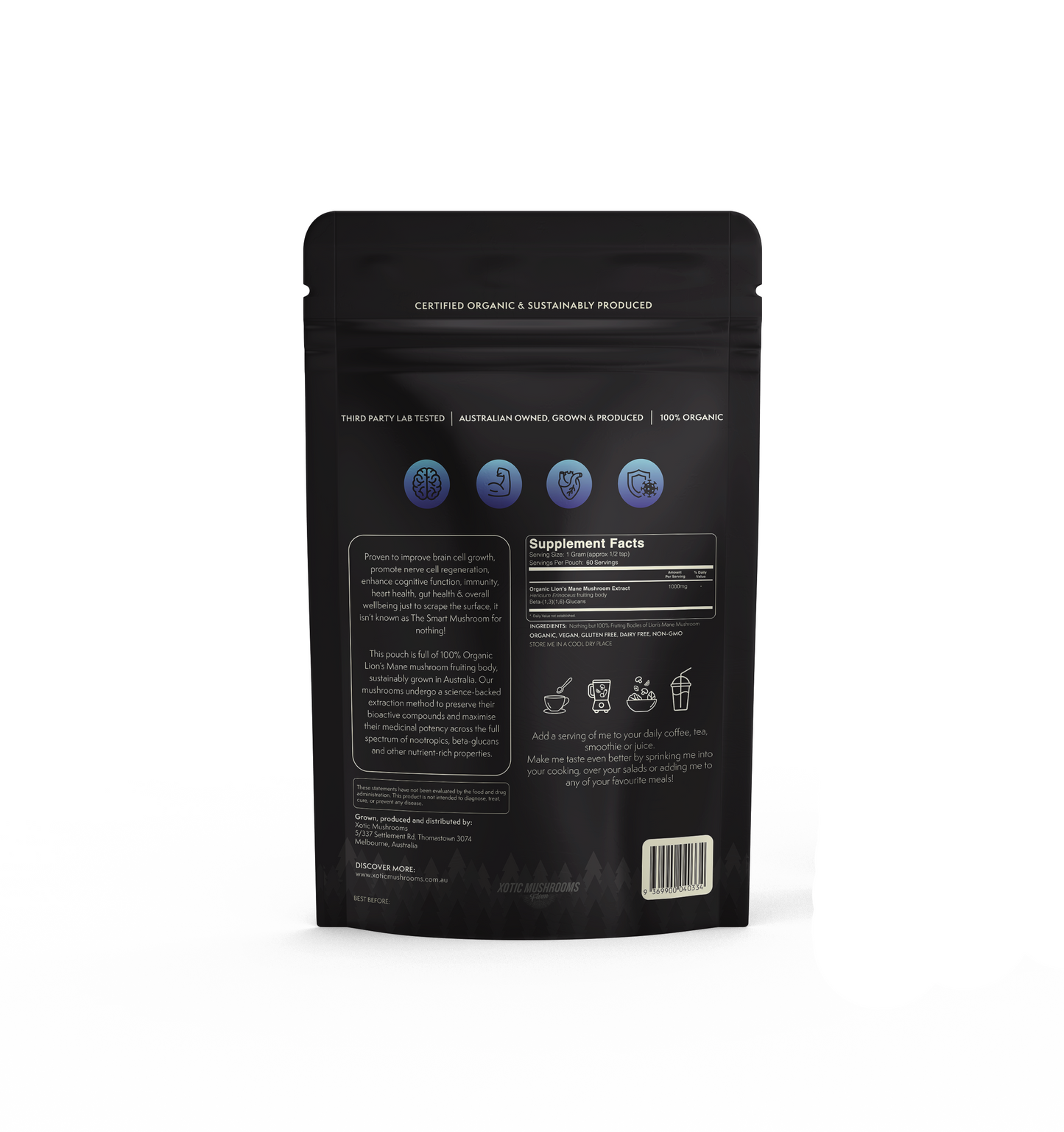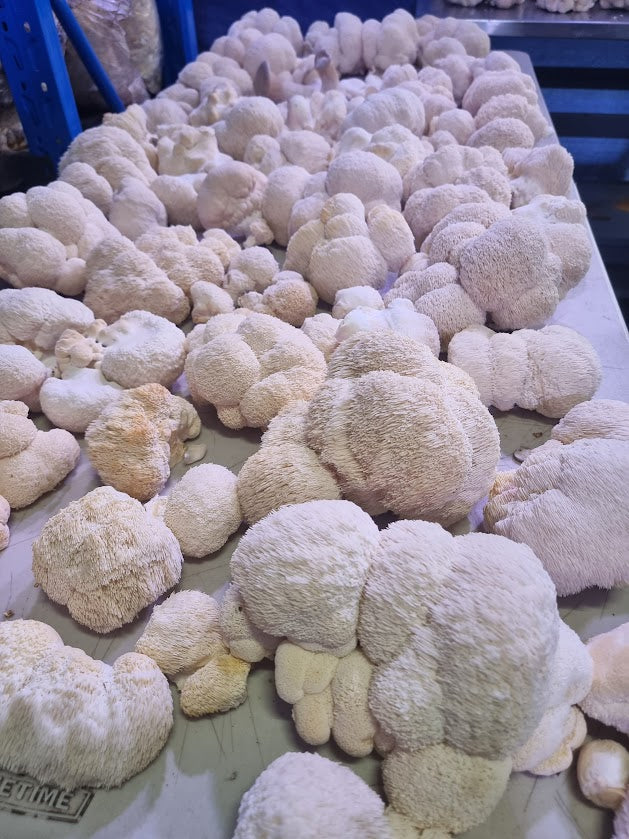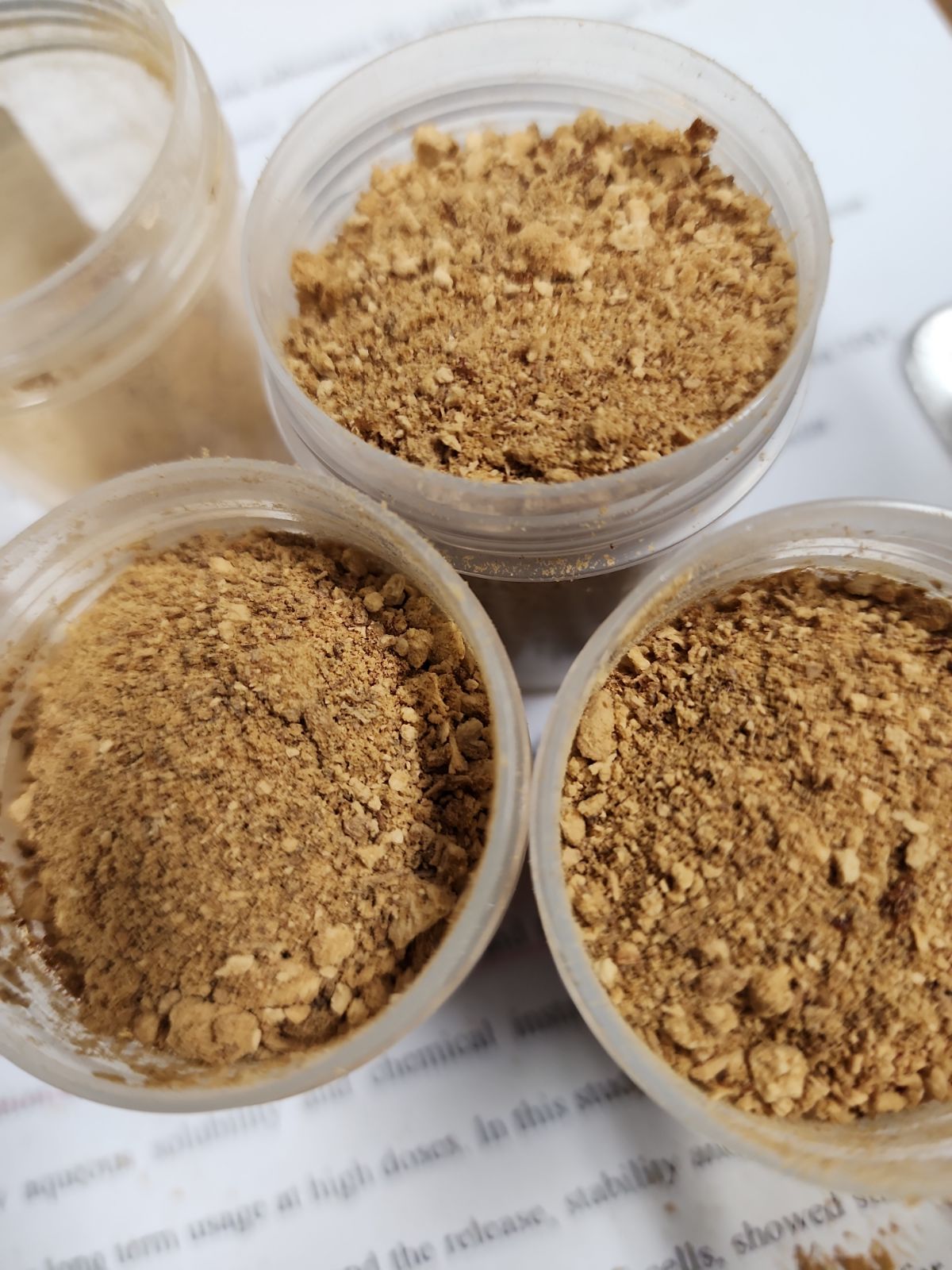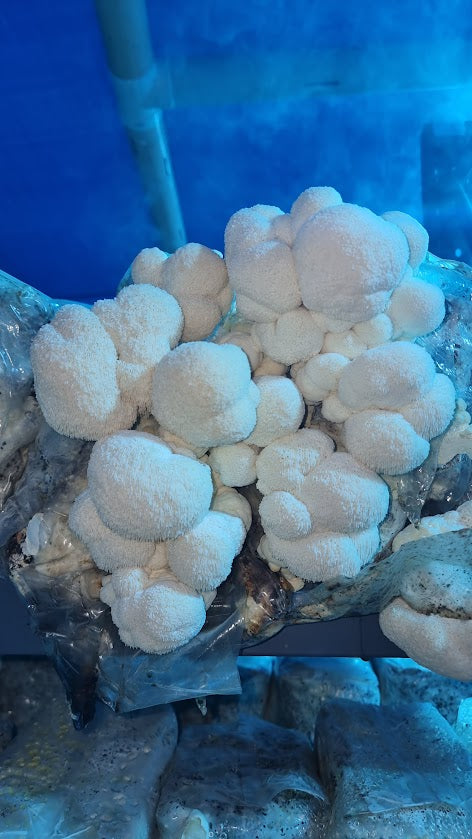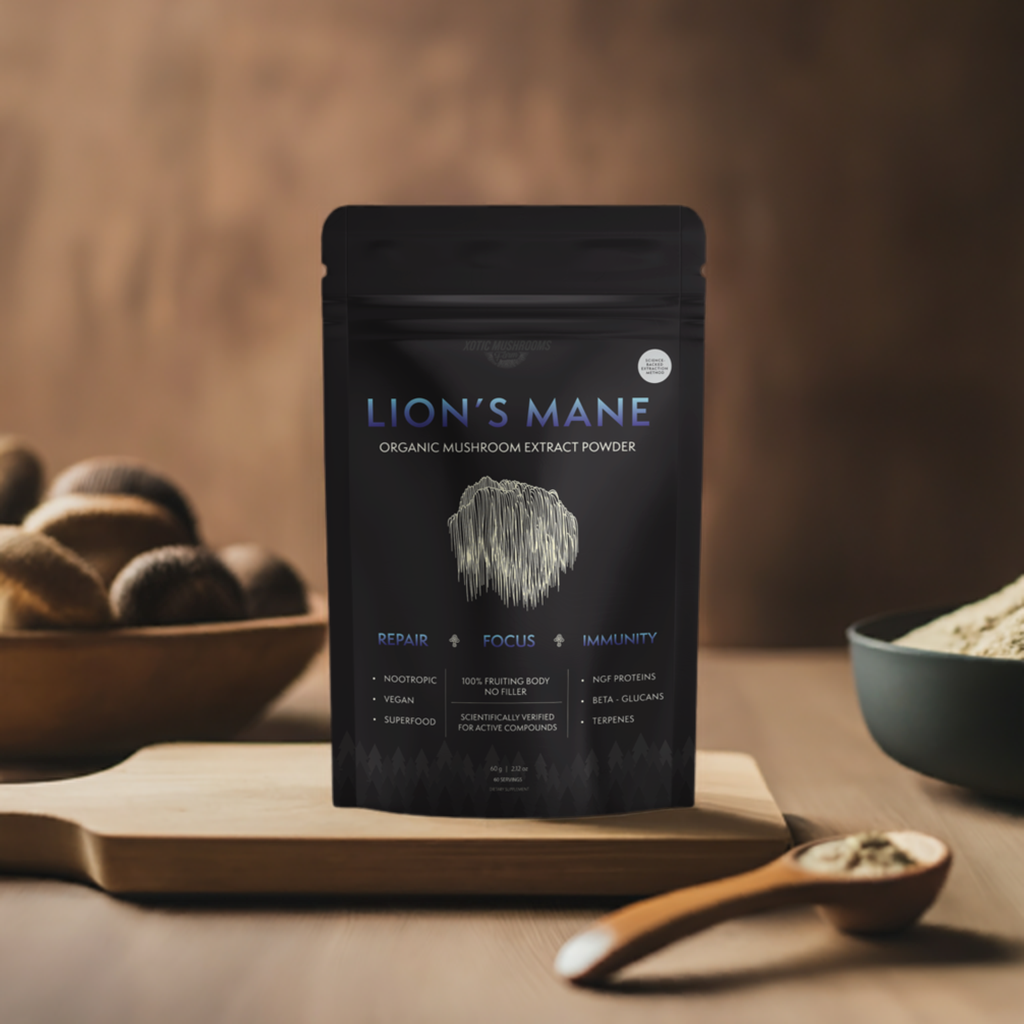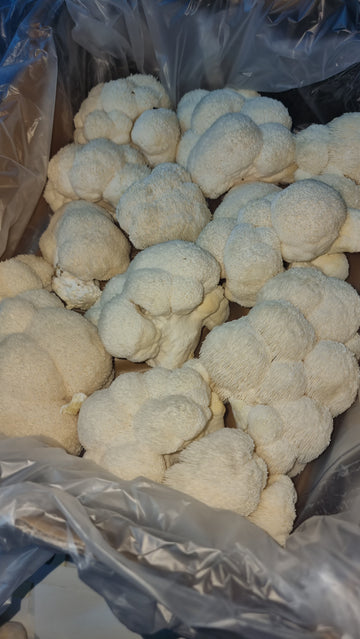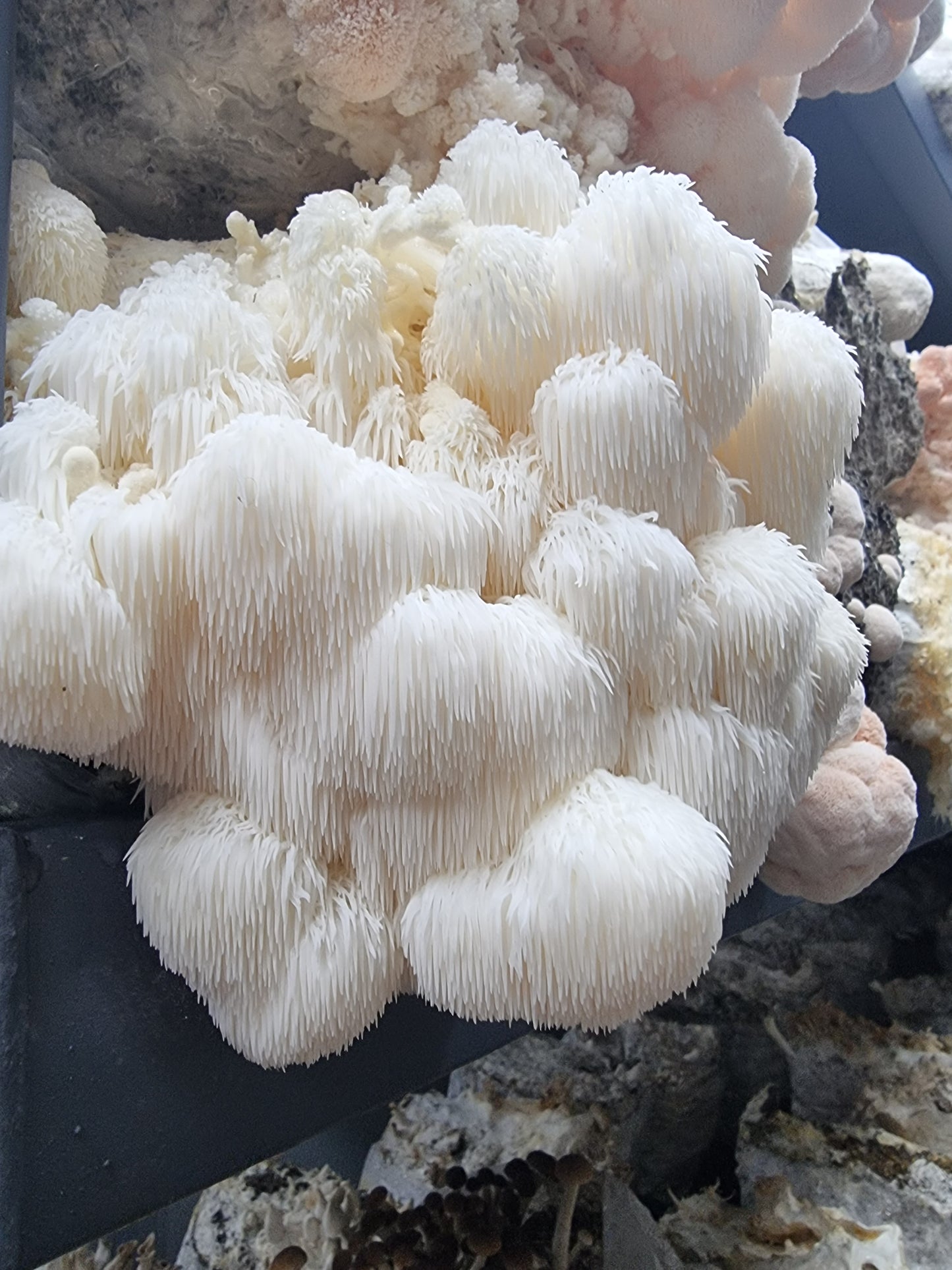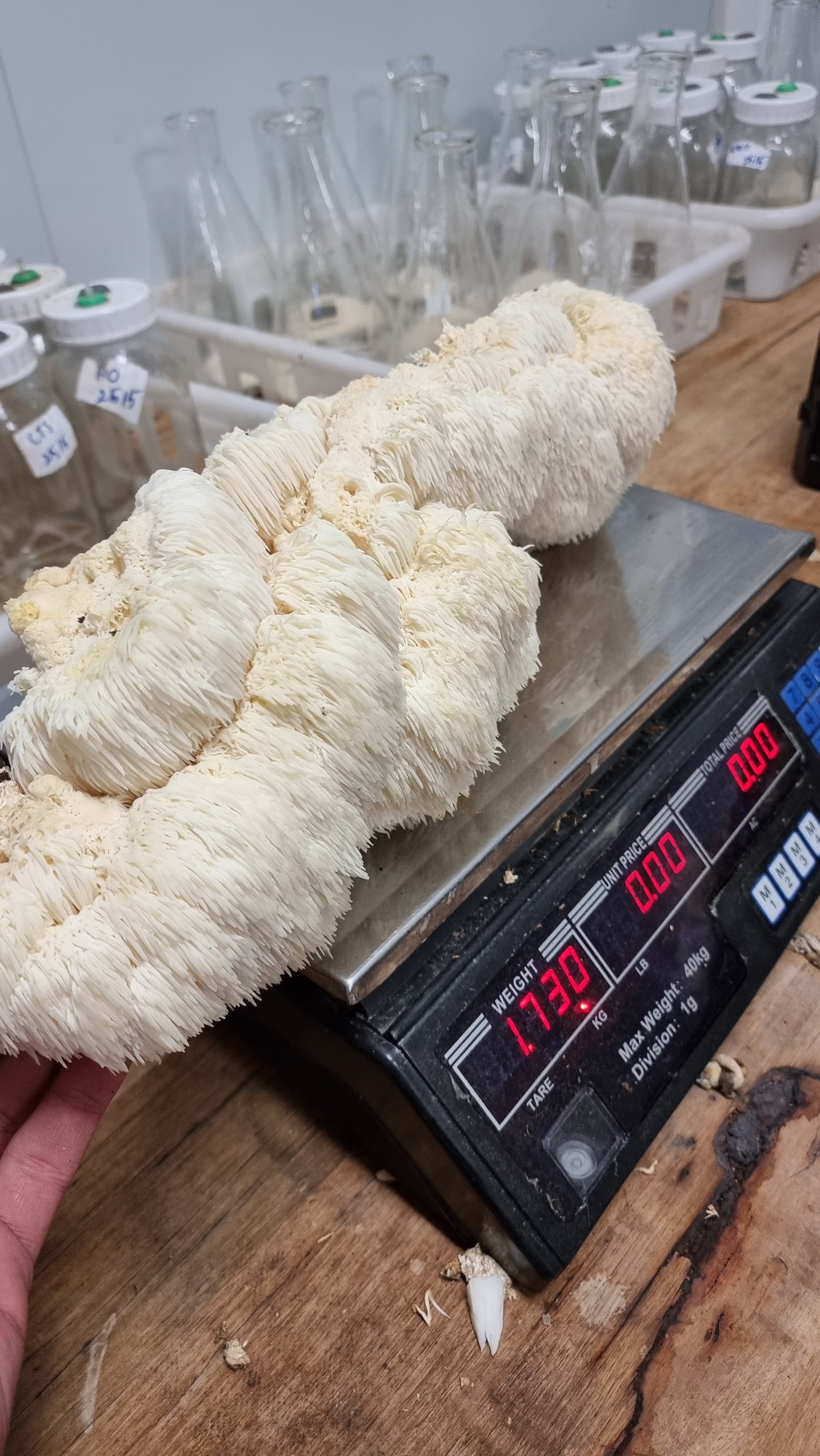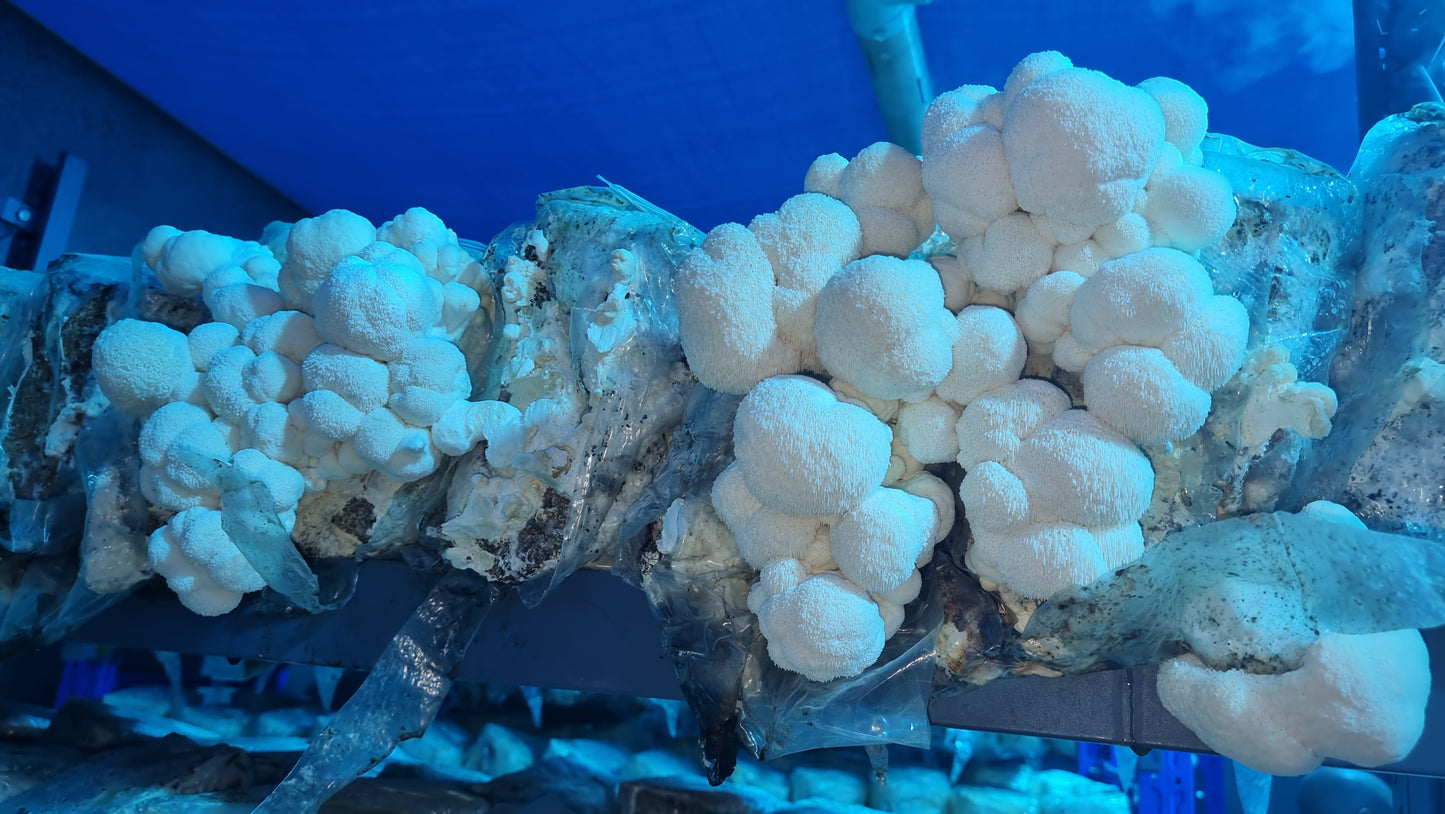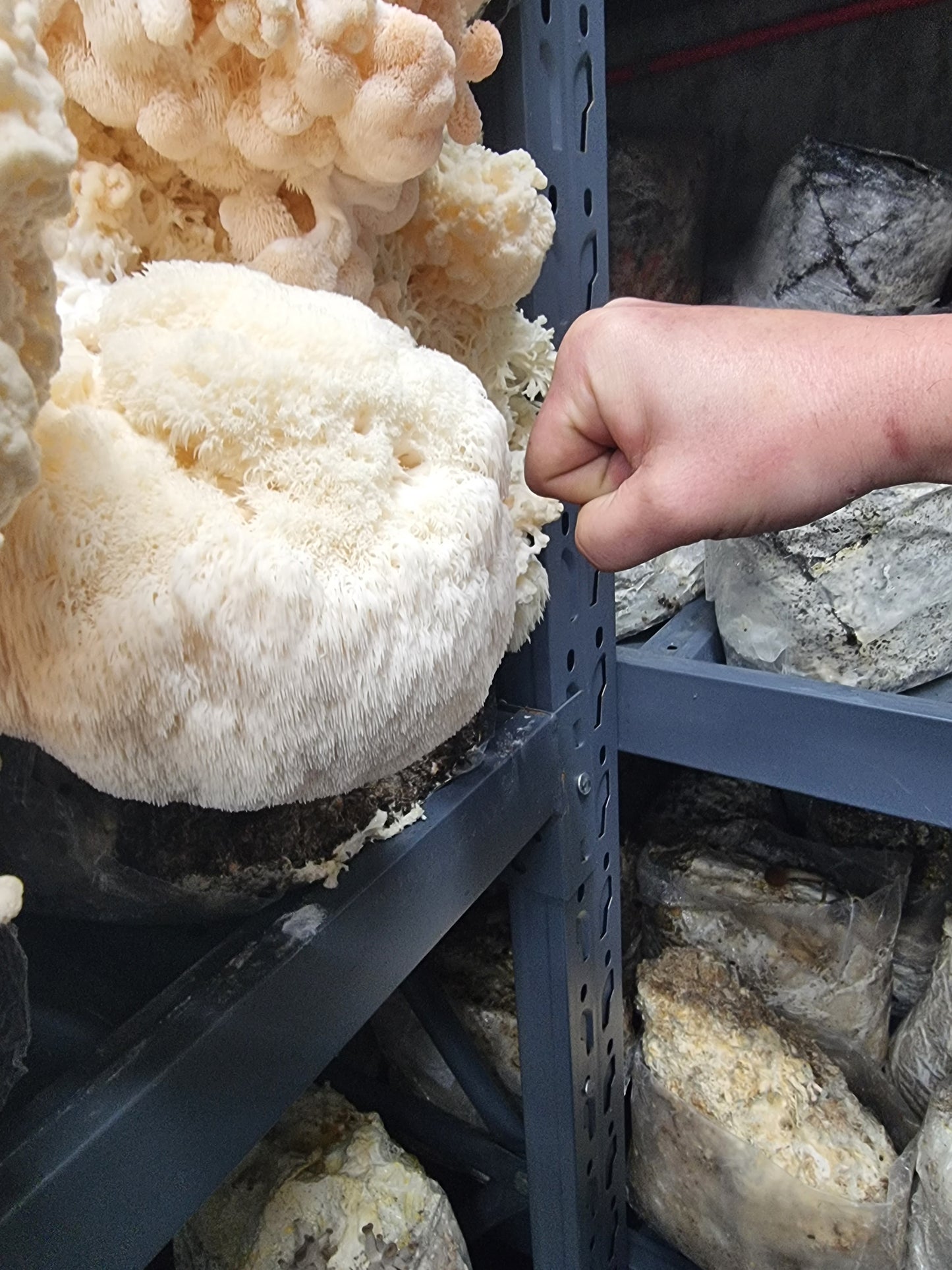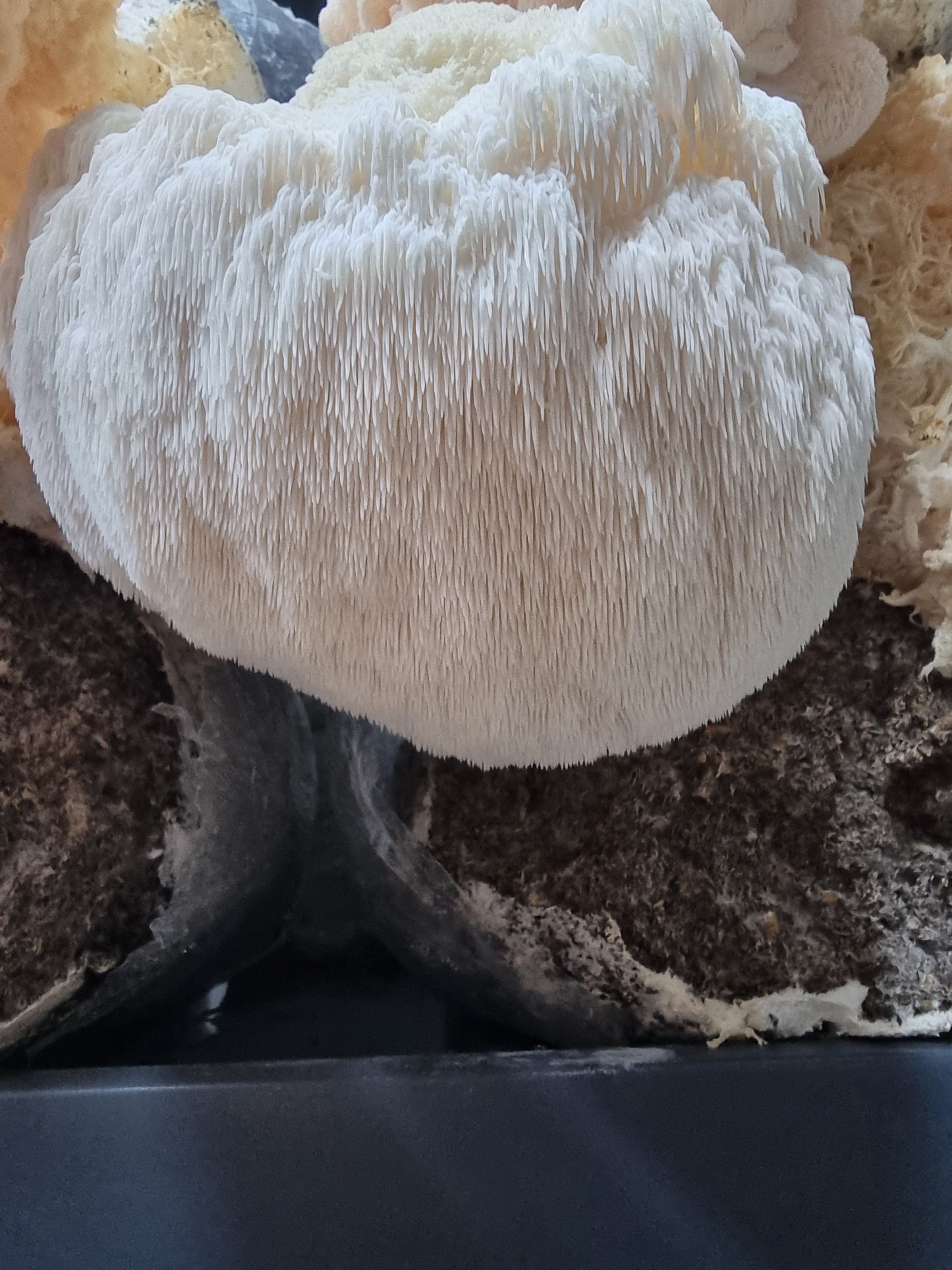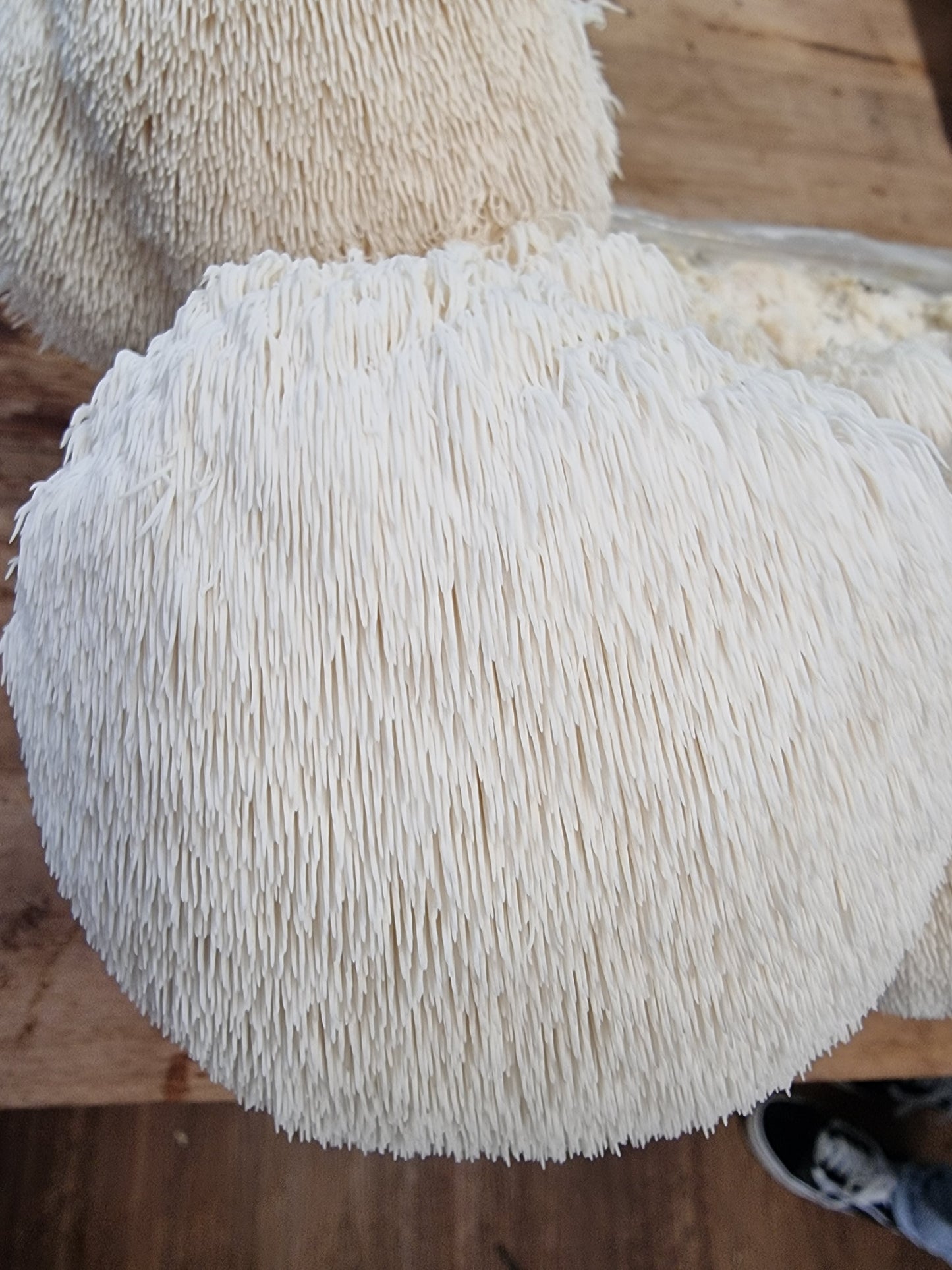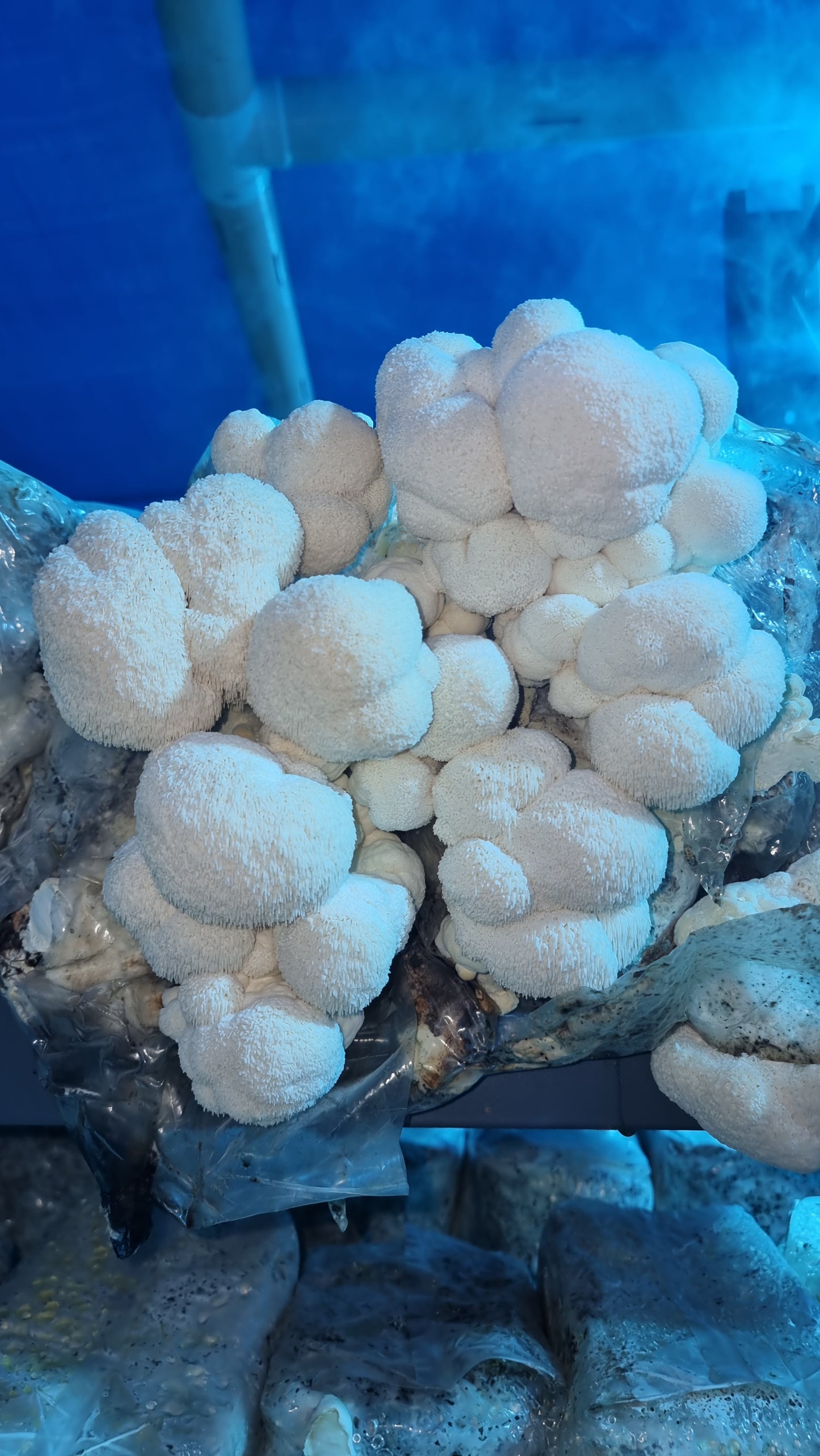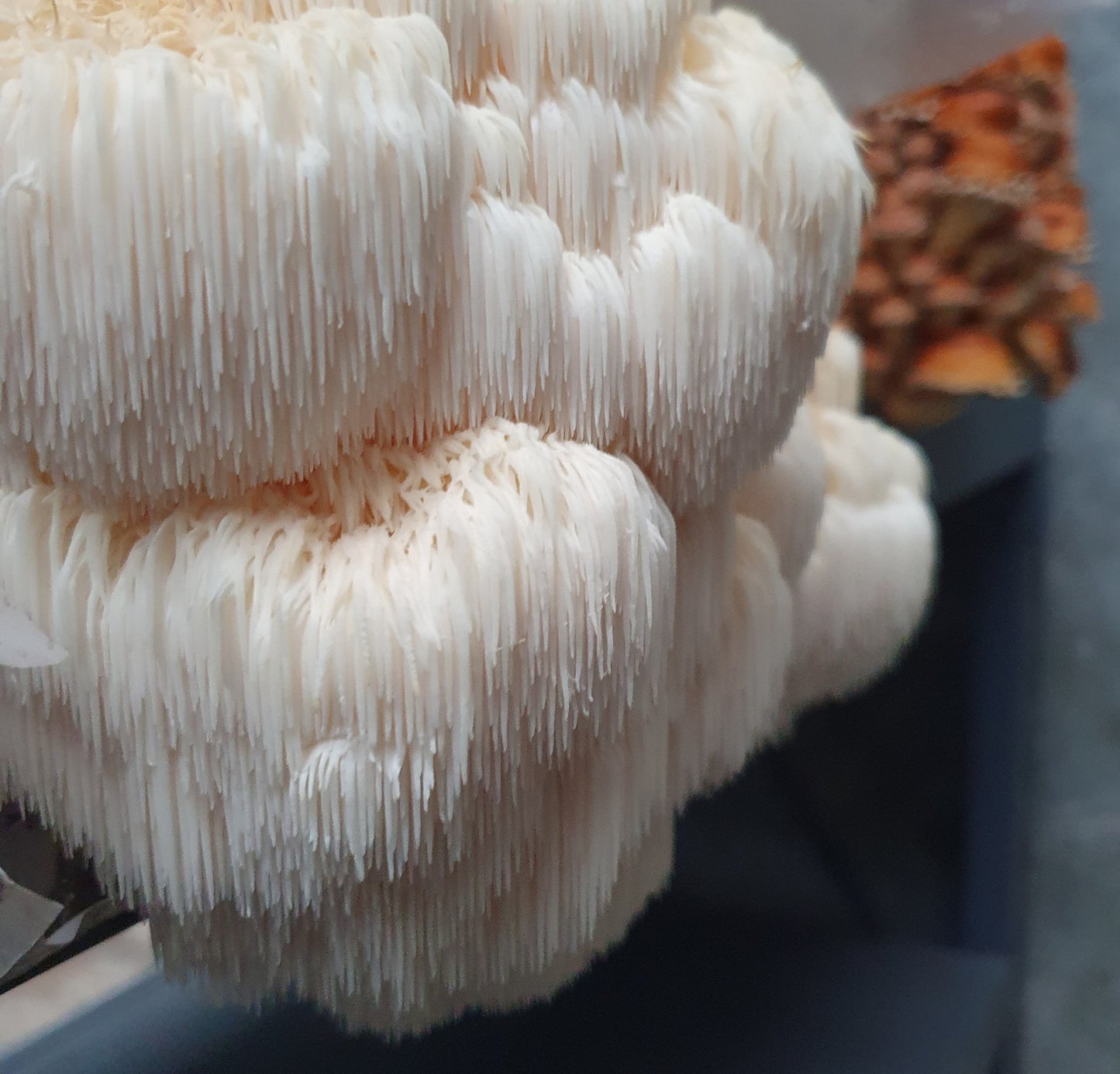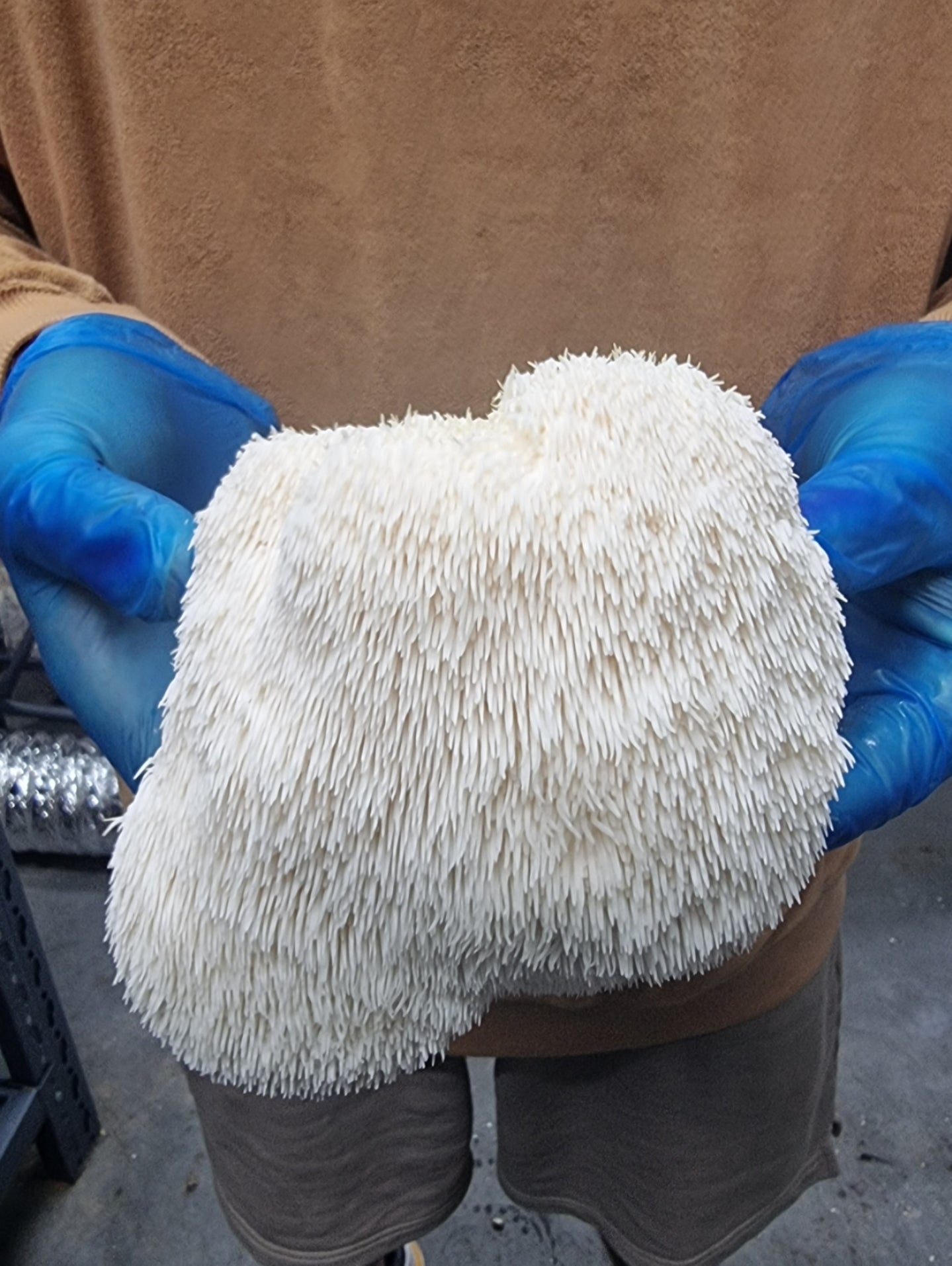Mushrooms, with their mystique and diversity, have captured human curiosity for centuries.
Among them, the Death Cap mushroom (Amanita phalloides) stands as a sinister reminder of nature's beauty and danger intertwined.
Its inconspicuous appearance belies a deadly secret, beckoning us to explore its lethal potential.
In this article, we embark on a journey to understand the toxicity of the Death Cap, explore its effects on human survival, delve into identification methods, and shed light on edible mushroom counterparts.
How Poisonous is a Death Cap?
The Death Cap is not just poisonous; it is one of the deadliest mushrooms in existence. Its deceptively alluring appearance conceals a potent cocktail of toxins, primarily α-amanitin, which wreaks havoc on the liver and kidneys. Even a small ingestion can lead to severe organ damage and, in some cases, prove fatal.
The Death Cap's toxins are remarkably resilient, resisting cooking and preserving their potency.
Can You Survive Eating a Death Cap?
Surviving a Death Cap poisoning is a formidable challenge.
Symptoms often don't manifest until hours after consumption, making early detection and intervention critical.
If medical treatment, including induced vomiting and administration of an antidote, isn't sought promptly, the outlook can be grim.
Liver transplant may be the only option in severe cases, underscoring the gravity of the Death Cap's toxicity.
Can You Touch a Death Cap?
While merely touching a Death Cap isn't likely to be immediately harmful, it's crucial to remember that the toxins can be absorbed through the skin.
Handling the mushroom with bare hands, especially if there are cuts or open wounds, could potentially lead to toxin absorption. It's always best to err on the side of caution and avoid direct contact.
What Happens After Eating a Death Cap?
Upon ingestion, the Death Cap's toxins begin their insidious attack.
Initial symptoms are often mistaken for common stomach ailments, leading to delayed treatment.
As the toxins infiltrate the organs, jaundice, seizures, and even coma can follow.
The liver and kidneys bear the brunt of the assault, their functions spiraling into a nightmarish decline.
How to Identify a Death Cap Mushroom?
Accurate identification is paramount when dealing with wild mushrooms. The Death Cap boasts a distinctive appearance:
- Cap: Pale to olive green, often with white patches.
- Gills: White, free from the stem, and not turning brown.
- Stem: White with a skirt-like ring and a sac-like base encased in a universal veil.
Its Growth Period: The Early Stage Understanding the Death Cap's growth stages aids identification:
- Cap: Initially, a small, spherical button, then expanding into the iconic cap shape.
- Gills: Developing and maturing beneath the cap.
- Stem: Elongating as the cap expands, often with remnants of the universal veil at the base.
What About Edible Mushrooms in All This?
Amid the peril of the Death Cap, a multitude of edible mushrooms grace our ecosystems.
Safely foraging for wild edibles demands knowledge and expertise.
Edible varieties like the Chanterelle (Cantharellus cibarius) and Morel (Morchella spp.) offer culinary delight without the shadow of toxicity.
Aspiring foragers should embark on their quest with reliable field guides and expert guidance.
Conclusion
The Death Cap, with its enigmatic allure and deadly nature, commands both caution and curiosity.
While the temptation to explore the natural world's mysteries is undeniable, it's crucial to approach wild mushrooms with the utmost respect and awareness.
Remember, a single misstep in identification can have dire consequences.
For safe and delectable varieties, checkout our diverse mushroom product list at Xotic Mushrooms Melbourne.